I love Montessori Decanomial beads. To me they are the most versatile set of Montessori math materials. We use the BEADS A LOT, and in so many ways! In this post, let me show you how we use the Decanomial Beads to understand basic multiplication and learning multiplication facts.
NOTE: Another way of learning multiplication in Montessori is by the use of Montessori Board. Read about it here.
WHERE SHOULD I START? WHAT MULTIPLICATION TABLE SHOULD I BEGIN WITH?
I alway recommend to start with multiplication 2, 5 and 10. These are easier to grasp and understand. Also, before even beginning with multiplication, the child should already be familiar with sets/groupings, addition and skip counting. These are the three basic concepts that should be introduced early on in preparation for multiplication and division.
CREATING GROUPS AND FORMING SIMPLE MULTIPLICATION SENTENCES
Multiplication is simply repetitive addition of same numbers or group of numbers, so start practicing multiplication by creating groups of same count of Decanomial beads. Because Vito and I are currently learning the 2's, 5's and 10's, Im showing below the basic formation of the beads and with the use of our cards.
Once the child is familiar with this setup, you can now use the different label cards included in our shop to read and interpret the "arrays" created by the Decanomial beads.
MULTIPLICATION BEAD CHAIN AND SKIP COUNTING
I love the bead chain work as it shows the linear representation of this multiplication activity. Through this activity, the child will be able to understand that multiplication is indeed a repetitive addition of numbers. Use the control sheet to form the chain and the included labels to place the count after each bead.A blank sheet is provided for this extension activity.
NOTATION PAPER FOR LEARNING AND MEMORIZING THE MULTIPLICATION TABLE
This printable and activity is for recording the counts of each bead set to familiarize and eventually to memorize the multiplication table of each number from 1-10. The child uses the notation paper to record the count. Use the control notation sheets to present the activity and counts. Then, use the tracing sheets for practice and eventually the blank sheets for memorization practice.MULTIPLICATION FACTS BOOKLET
I love booklets! I love assembling them and bring it most of the times during long drives for reading practice. Our mini booklets contains visual representation of the Decanomial beads and the multiplication sentences to go along with it.This can be used as a question and answer activity.

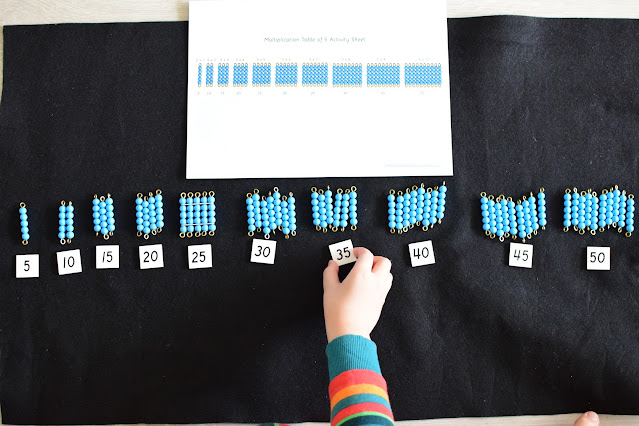



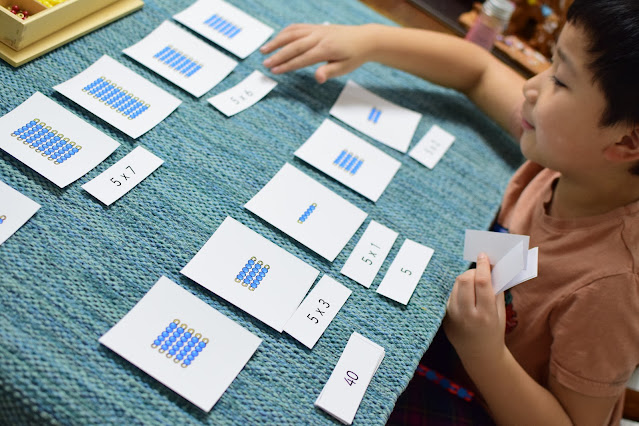
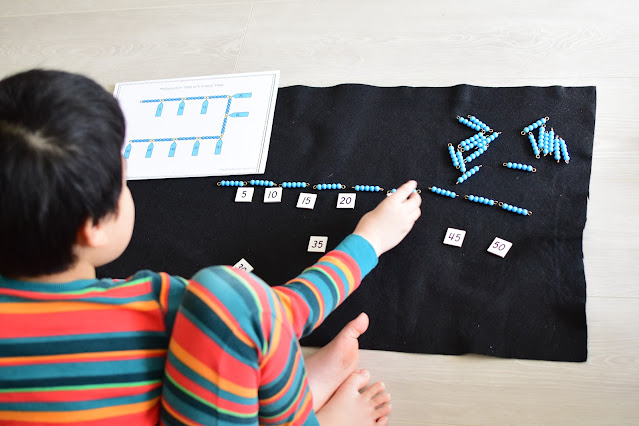
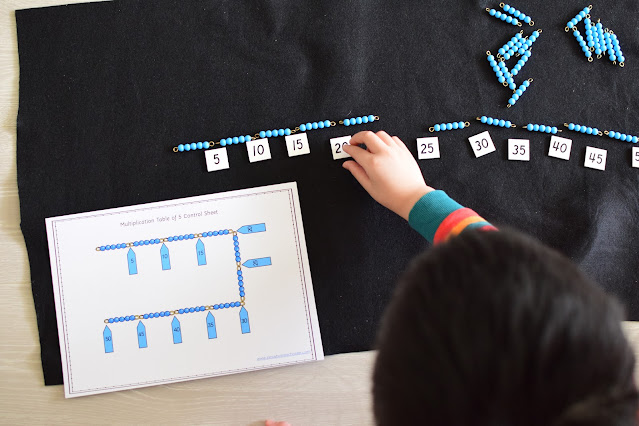

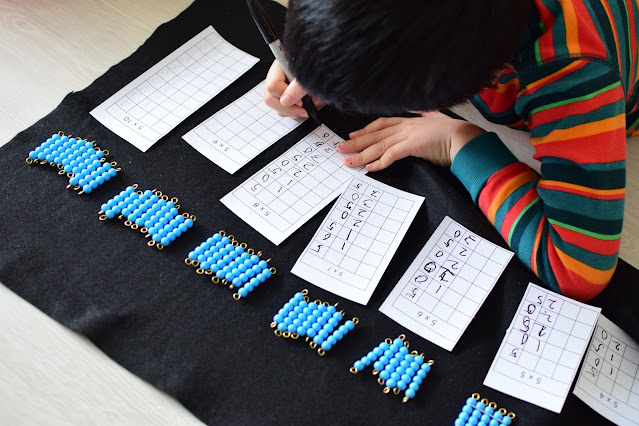
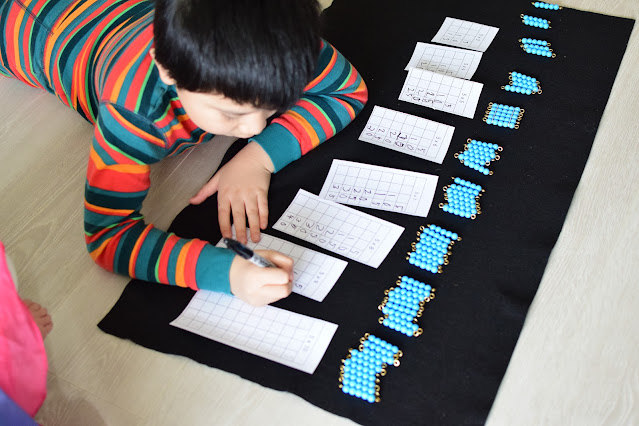
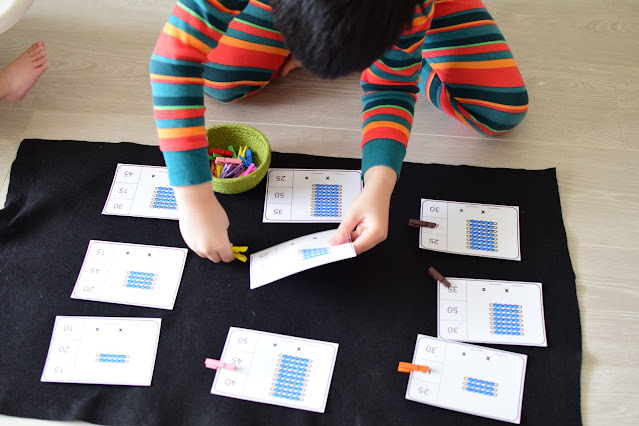



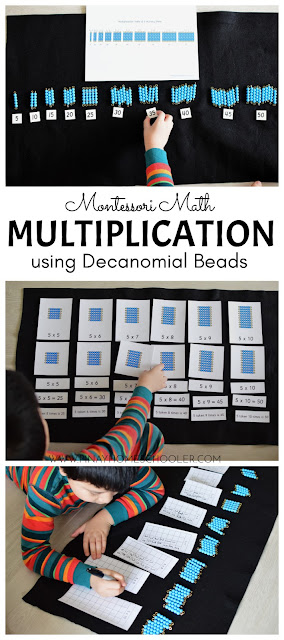
this is just what i have been looking for thank you for the insight and resource!
ReplyDelete